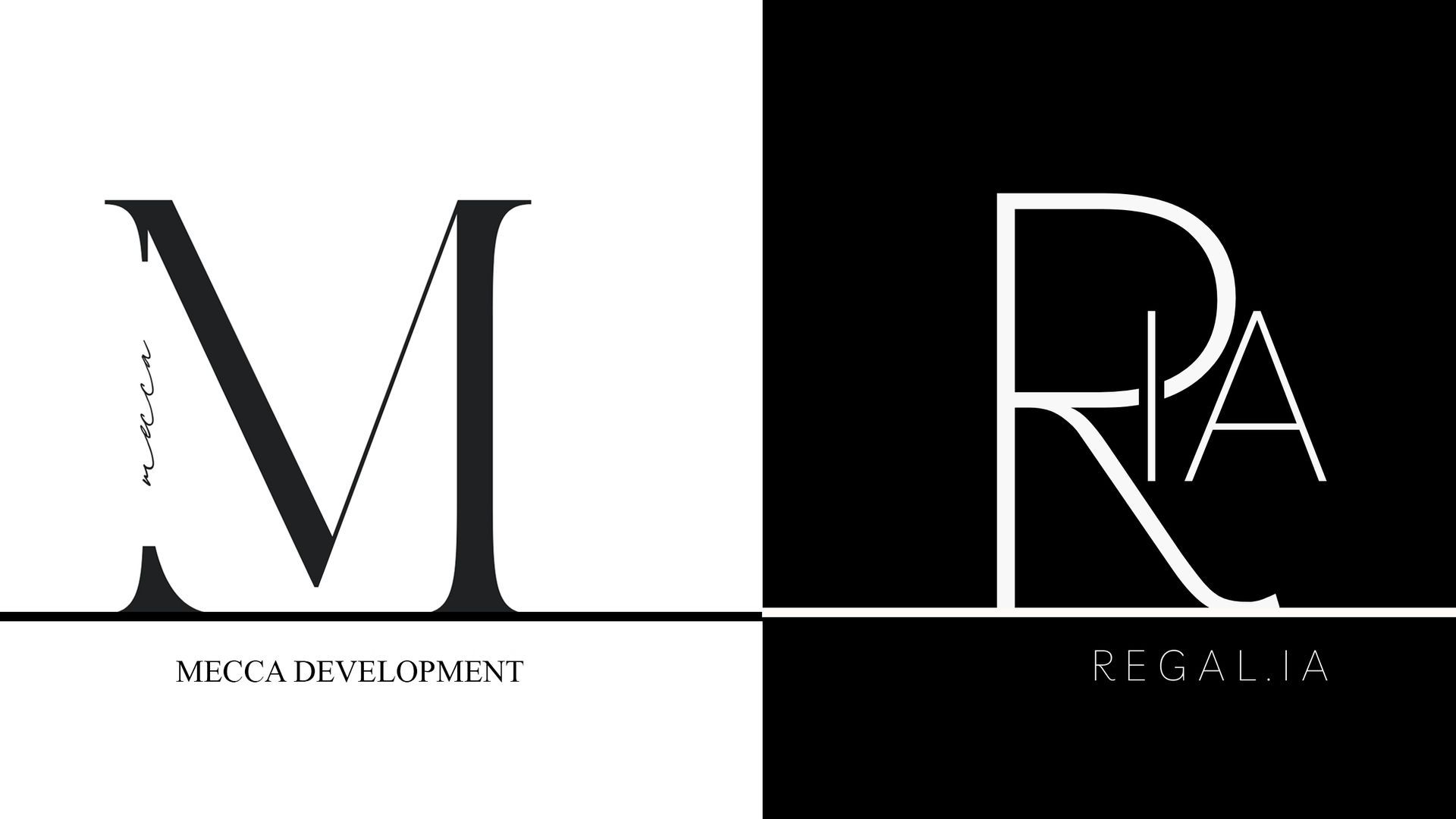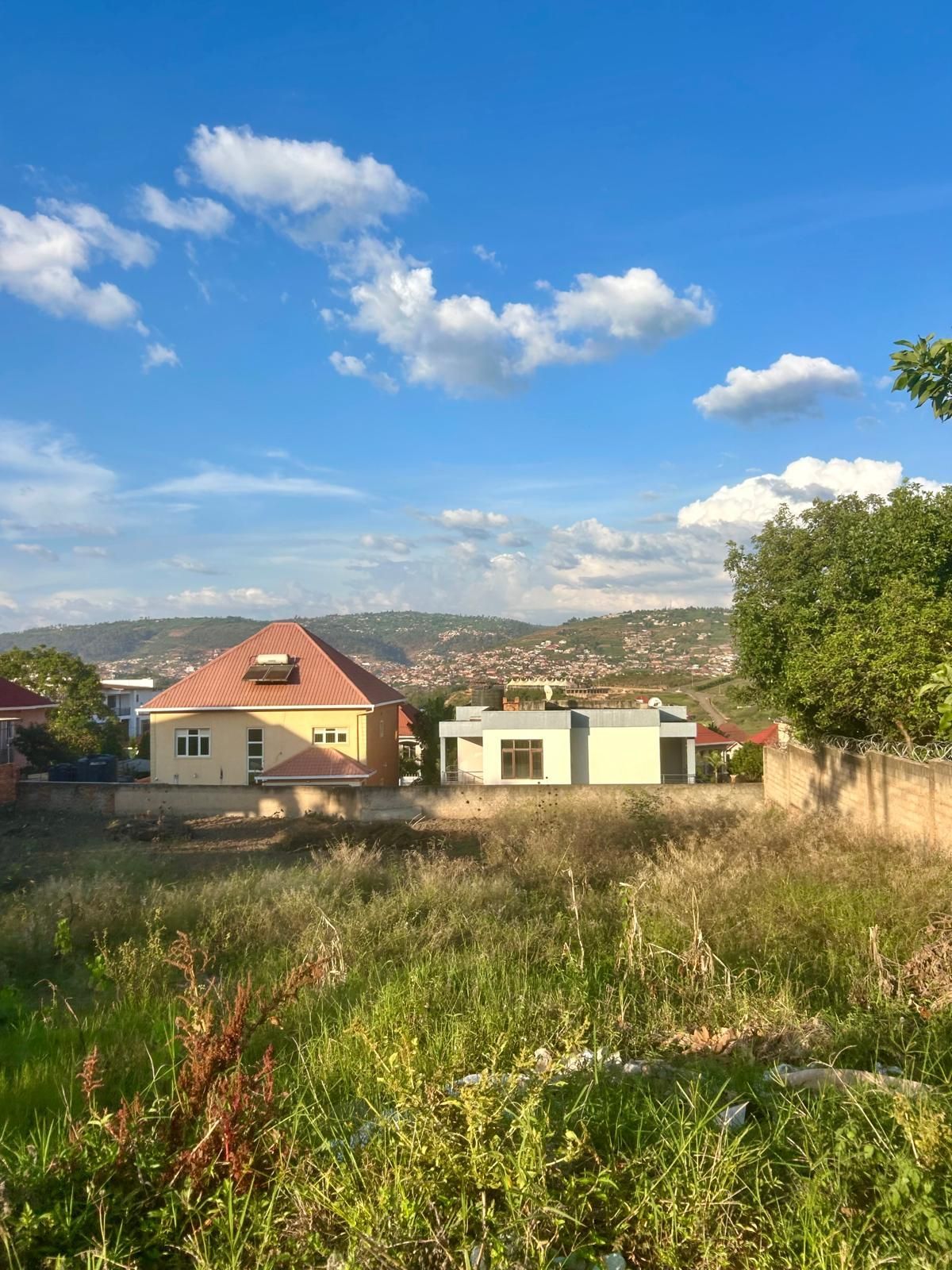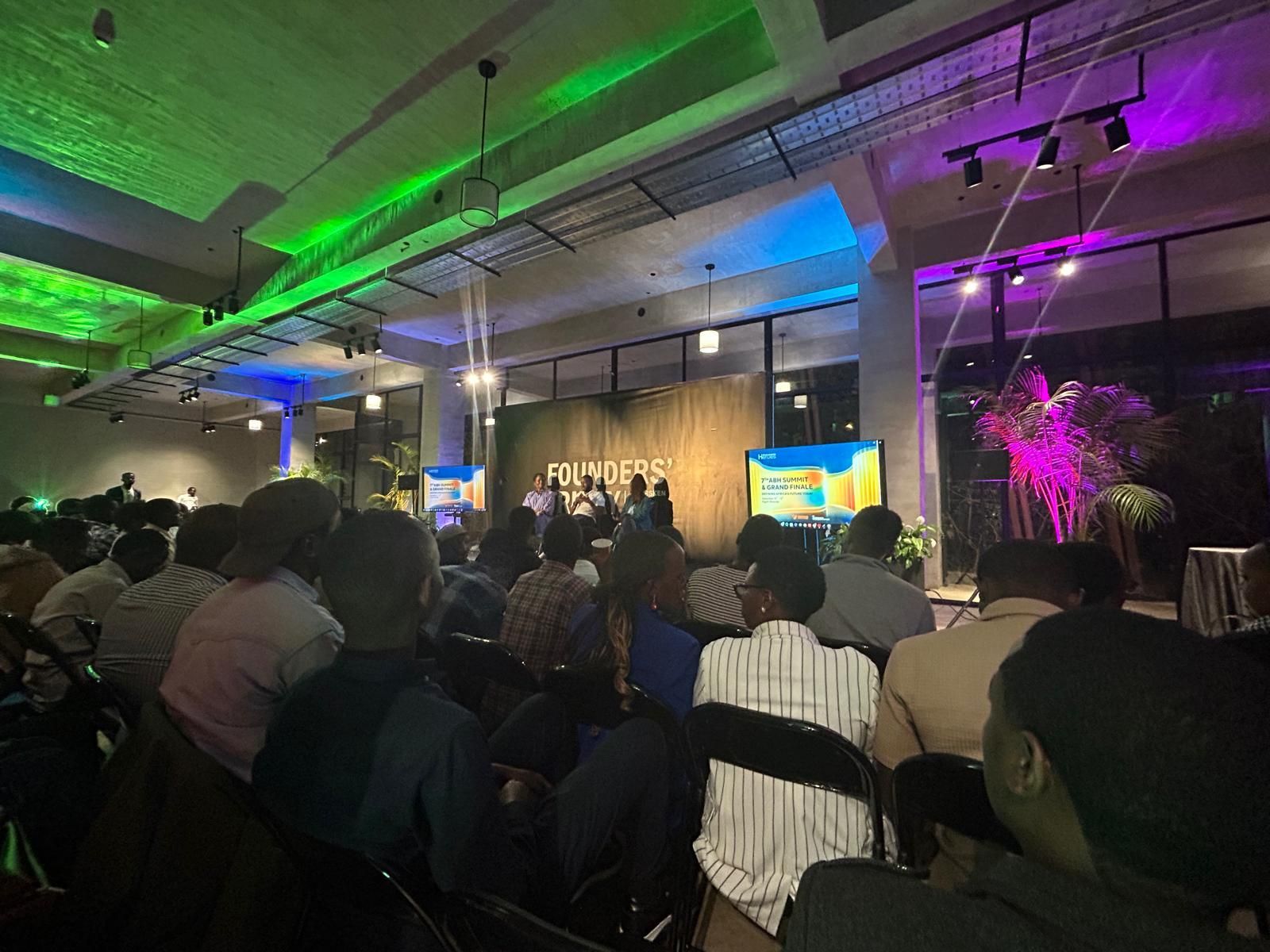Resilient by Design: How Regal.ia’s Climate Lens Powers Climate-Adaptive Architecture
2025 NOMA Conference - Seminar Presentation Recap

At the 2025 NOMA Conference, Mecca Development founder and CEO Teonna N. Cooksey unveiled Regal.ia’s Climate Lens — a data-driven tool helping architects and planners design for resilience, regeneration, and equity in a rapidly changing climate.
Designing for Adaptive Capacity
The presentation, Resilient by Design: Leveraging Data & Material Innovation for Climate-Adaptive Architecture, explored how design practice can move beyond sustainability toward regeneration. Cooksey positioned Regal.ia as both a philosophy and a platform: a bridge between data, design, and community that equips practitioners to anticipate risk, reuse existing assets, and design systems that thrive under pressure.
“The answer isn’t just better buildings — it’s better systems,” Cooksey noted. “We’re designing for adaptive capacity: the ability of communities and materials to evolve in the face of climate stress.”
From Sustainability to Regeneration
Traditional sustainability frameworks like LEED, WELL, and the AIA Framework for Design Excellence each contribute valuable principles — performance metrics, wellness criteria, and equity benchmarks. But Cooksey argued that these models often operate in silos, disconnected from real-time data and place-based context. That’s where Regal.ia extends their impact. The Climate Lens integrates live data streams across climate, economics, and policy layers, turning principles into quantifiable design strategies. The goal: transform sustainability from a checklist into a continuous feedback loop that supports regenerative outcomes.
Introducing the Climate Lens
The Climate Lens helps answer three critical questions for every architect or planner: Where, what, and how should we build?
Built on a foundation of Geographic Information Systems (GIS), parametric design, and procedural modeling, the tool evaluates site conditions and development scenarios through a multidimensional lens. It considers climate projections, demographic change, and local policies to identify both risks and opportunities — from flood zones to funding incentives.
Each project analysis produces a data-rich dashboard that highlights:
- Material acquisition and supply chains
- Funding pathways and incentive stacking
- Risk and compliance considerations
- Adaptive reuse and circularity scenarios
- Local vendor and community alignment
“Circularity is the new efficiency,” Cooksey emphasized. “Regal.ia helps translate that concept into action by embedding data into design workflows.”
Real-World Impact: From New York to Kigali
During her NOMA session, Cooksey showcased two pilot use cases that demonstrate the Climate Lens’ versatility:
1. New York City Public Housing Retrofit
Using flood risk and policy data, the tool recommended a
resilience funding stack for a NYCHA housing complex located within a flood zone. The output integrated retrofit strategies, cost scenarios, and local incentives — streamlining the pathway from concept to compliance.
2. Kigali, Rwanda Adaptive Reuse Pilot
In collaboration with local partners, Regal.ia is testing how adaptive reuse and circular material strategies can formalize informal housing markets. The pilot highlights
local materials like bamboo, mycelium, and volcanic ash — each evaluated for lifecycle, carbon impact, and cultural relevance.
These pilots embody Regal.ia’s commitment to translating data into equitable design action — ensuring that regeneration isn’t just ecological, but also economic and social.
Grounding Design in Environmental Justice
The Climate Lens also frames resilience through an equity lens. Cooksey cited examples like Cancer Alley (Louisiana) and Newark, New Jersey, where historic zoning and industrial policy have concentrated environmental risk in underserved communities. By integrating climate justice data with design tools, Regal.ia allows users to visualize the intersection of climate vulnerability and community infrastructure, supporting more informed, inclusive planning decisions.
A Tool for the Next Generation of Design Practice
At its core, the Climate Lens empowers architects and planners to move faster and smarter in the face of climate change. It bridges analysis and intuition — giving designers the evidence they need to make regenerative choices without losing creative agency.
Cooksey summarized this shift succinctly:
“Resilience isn’t just about surviving disruption — it’s about designing systems that thrive beyond it.”
Explore the Climate Lens
Regal.ia is currently expanding its pilot partnerships and inviting architects, planners, and sustainability advocates to explore the Climate Lens. Whether for adaptive reuse, retrofit strategies, or climate risk planning, the tool provides actionable insights for projects seeking to balance performance, policy, and people.
Contact us if you would like to explore the demo or join the pilot program.




